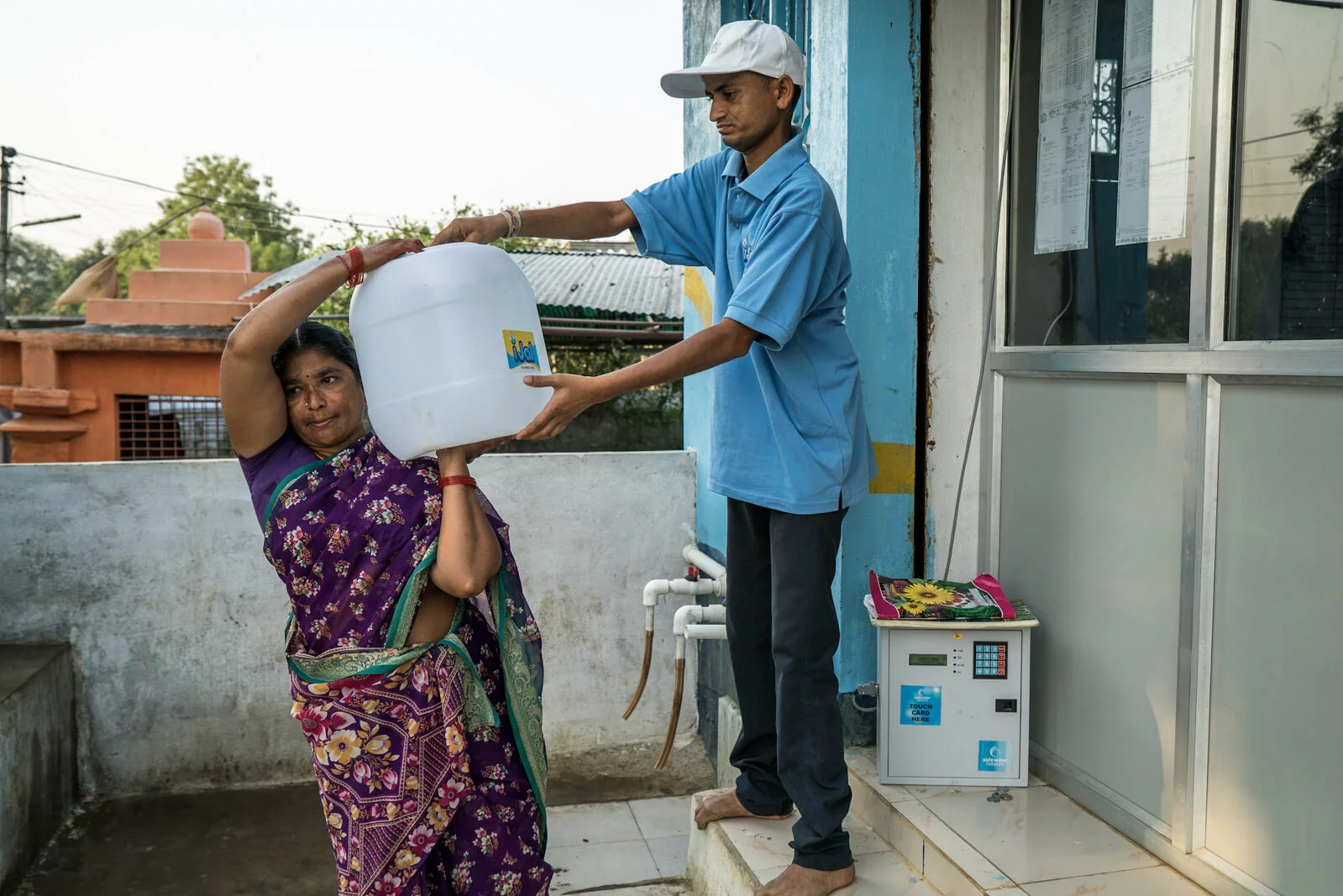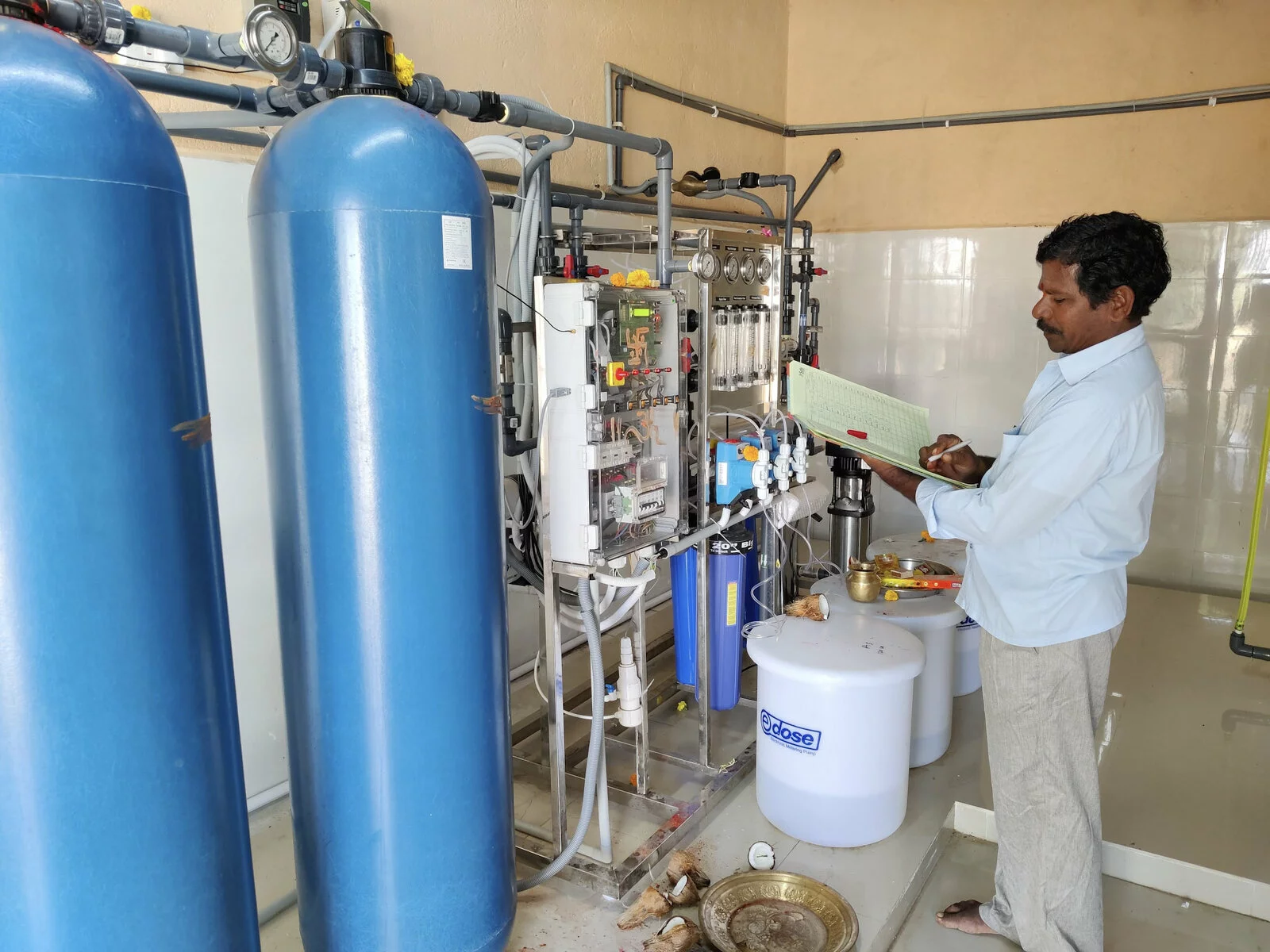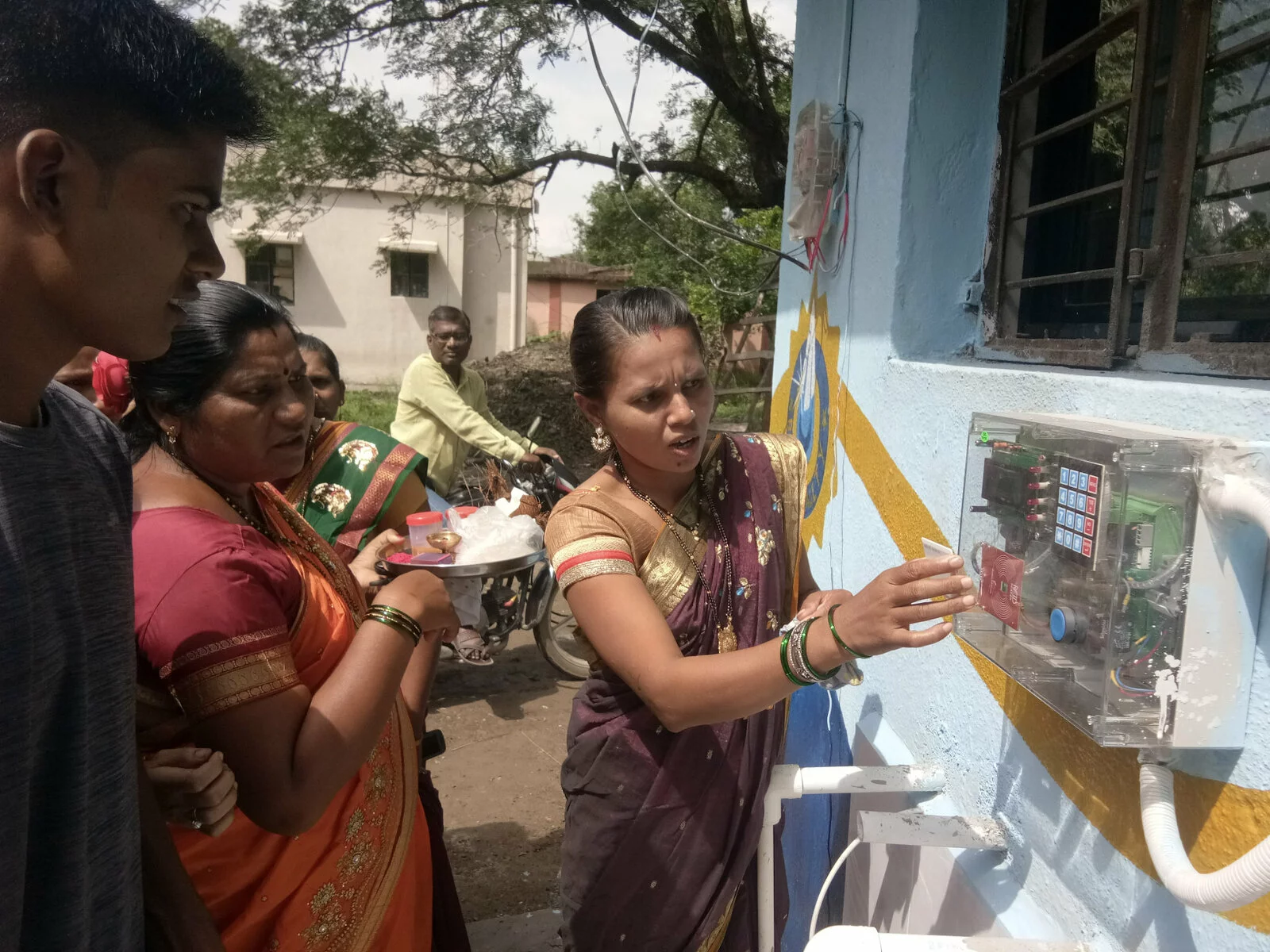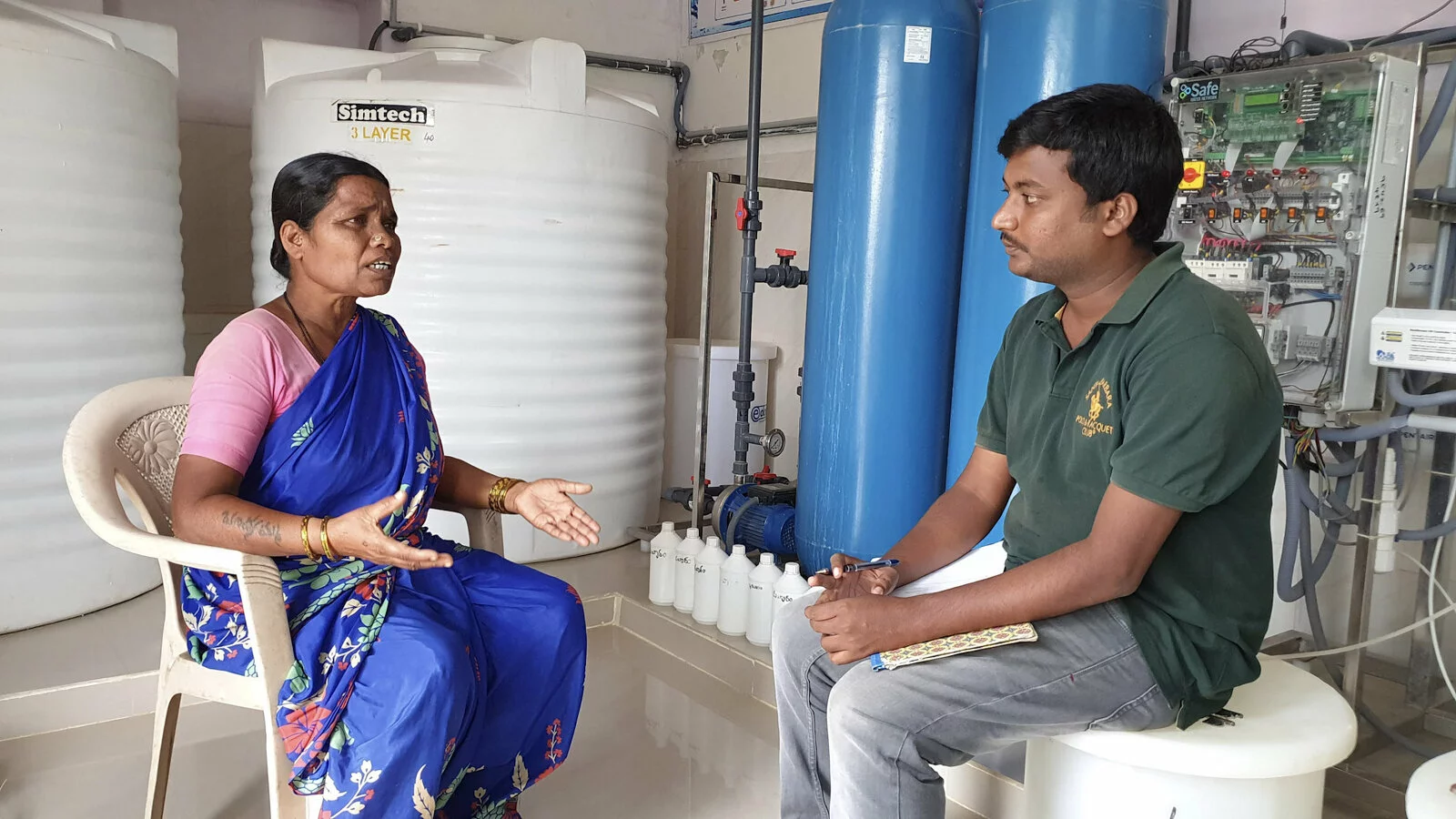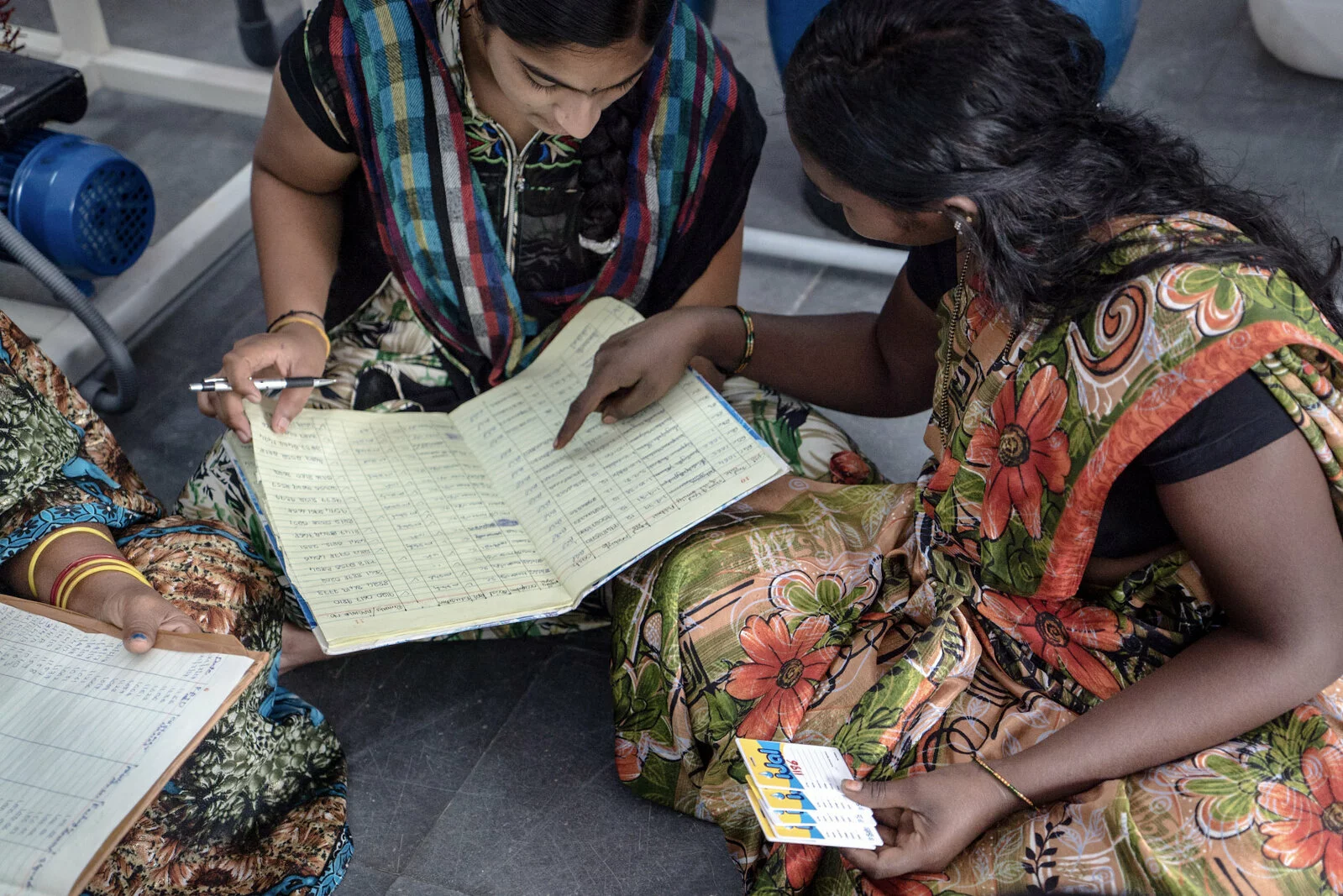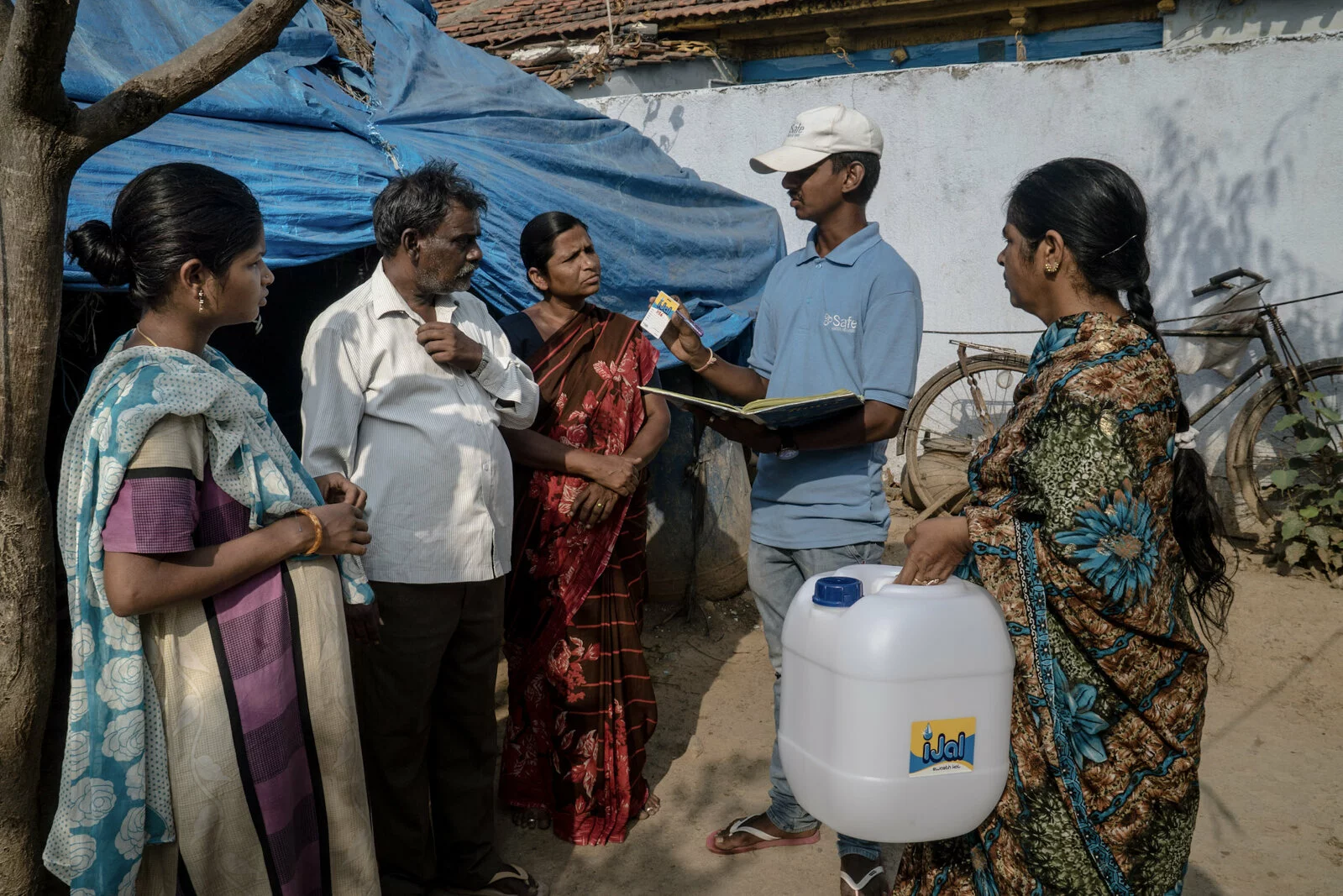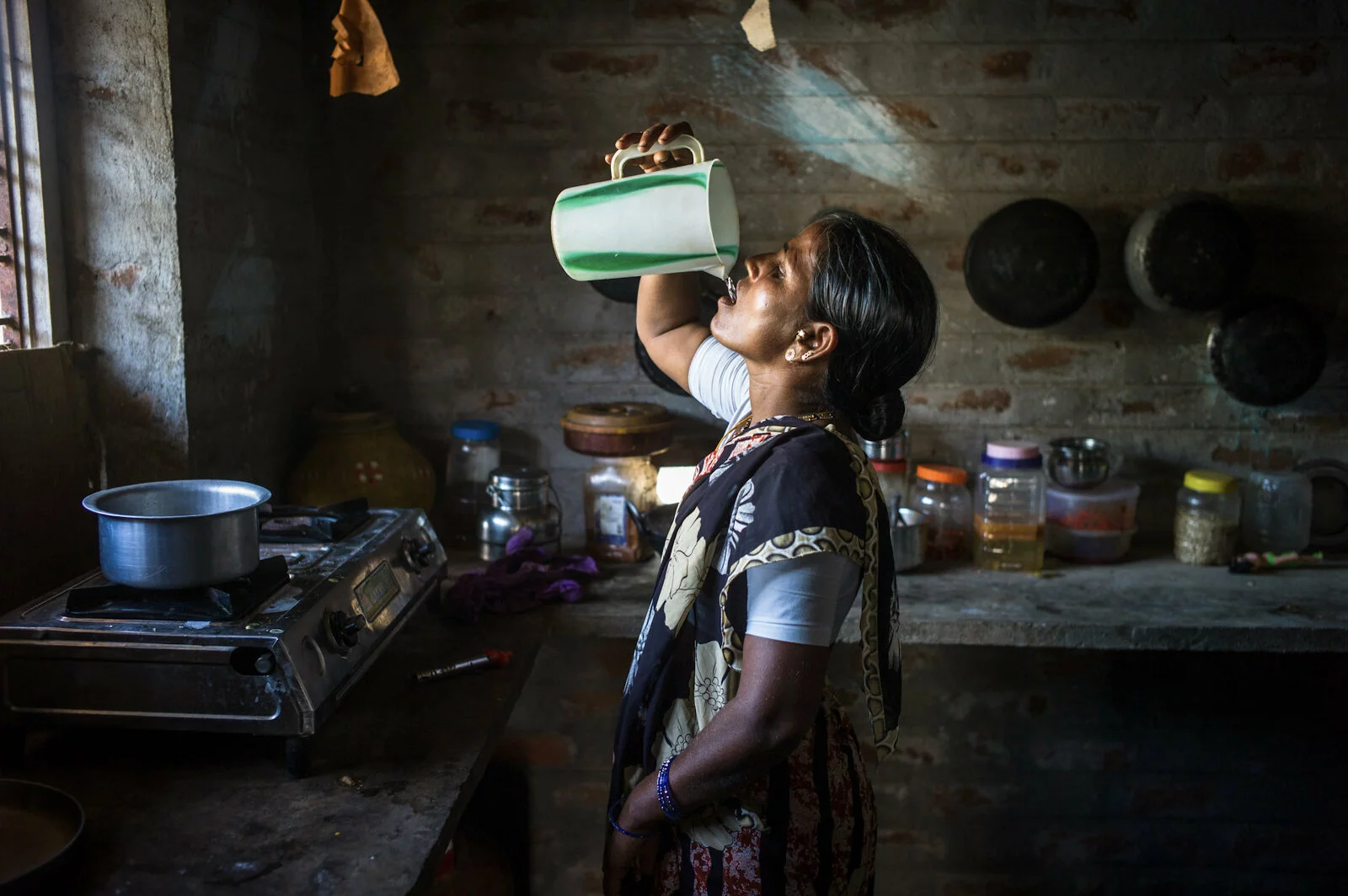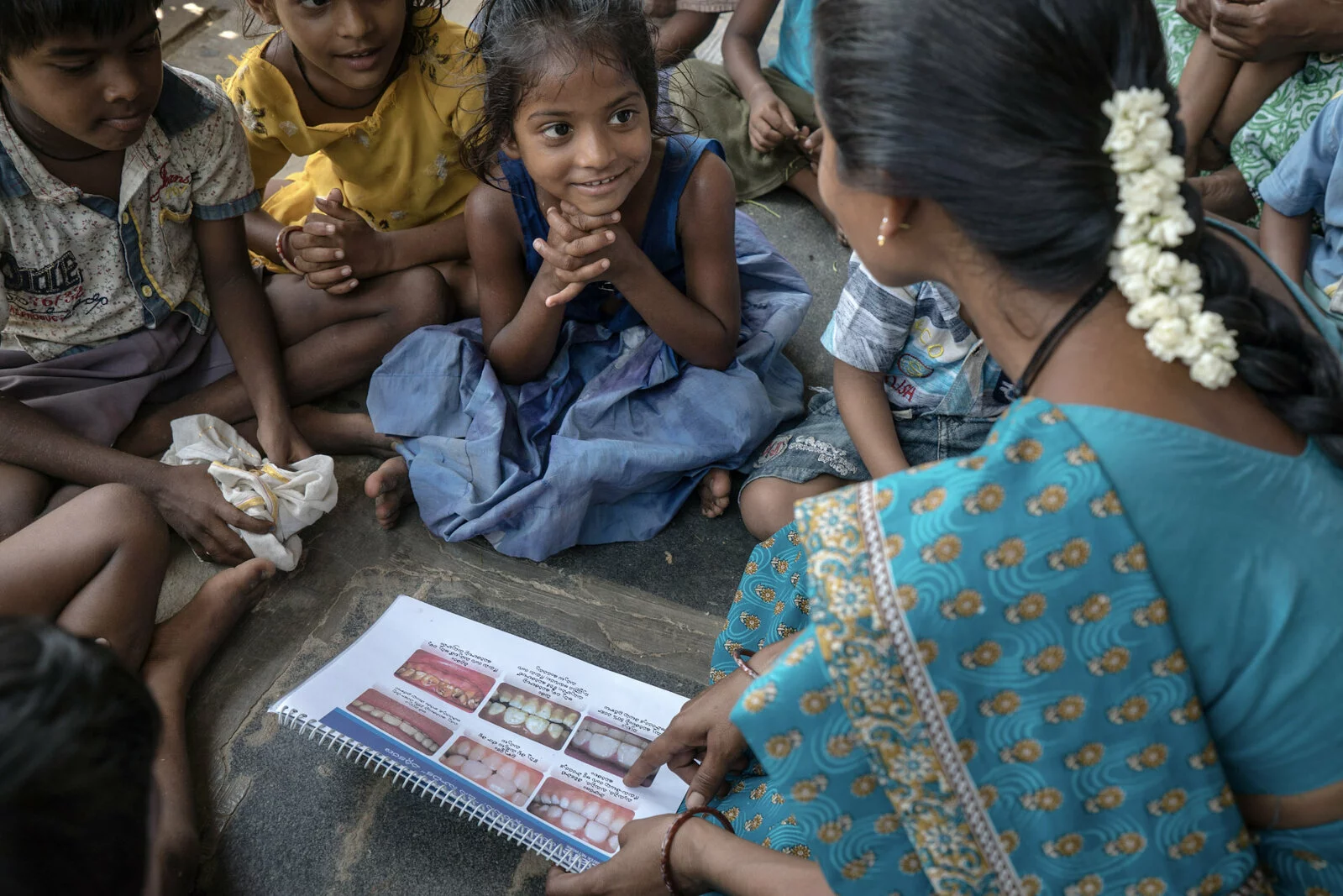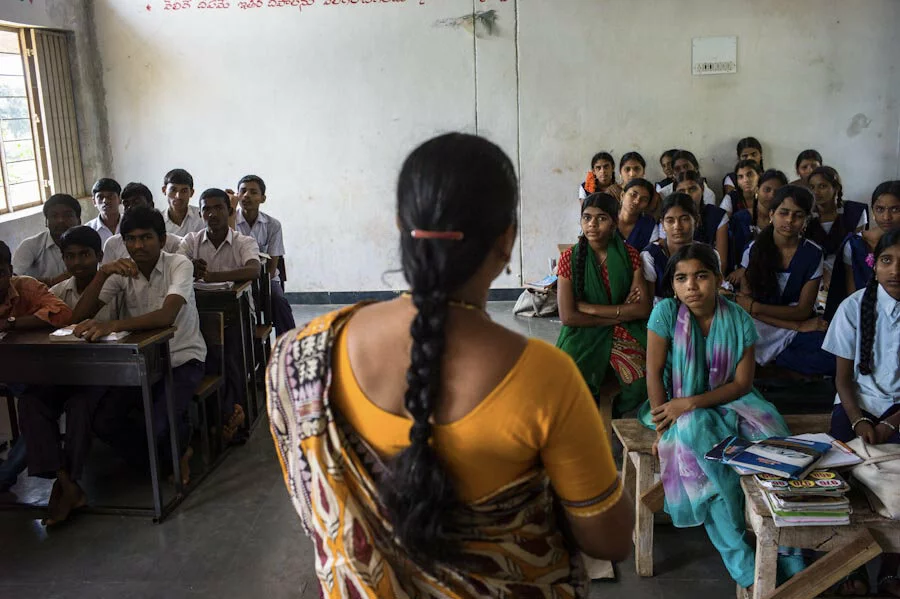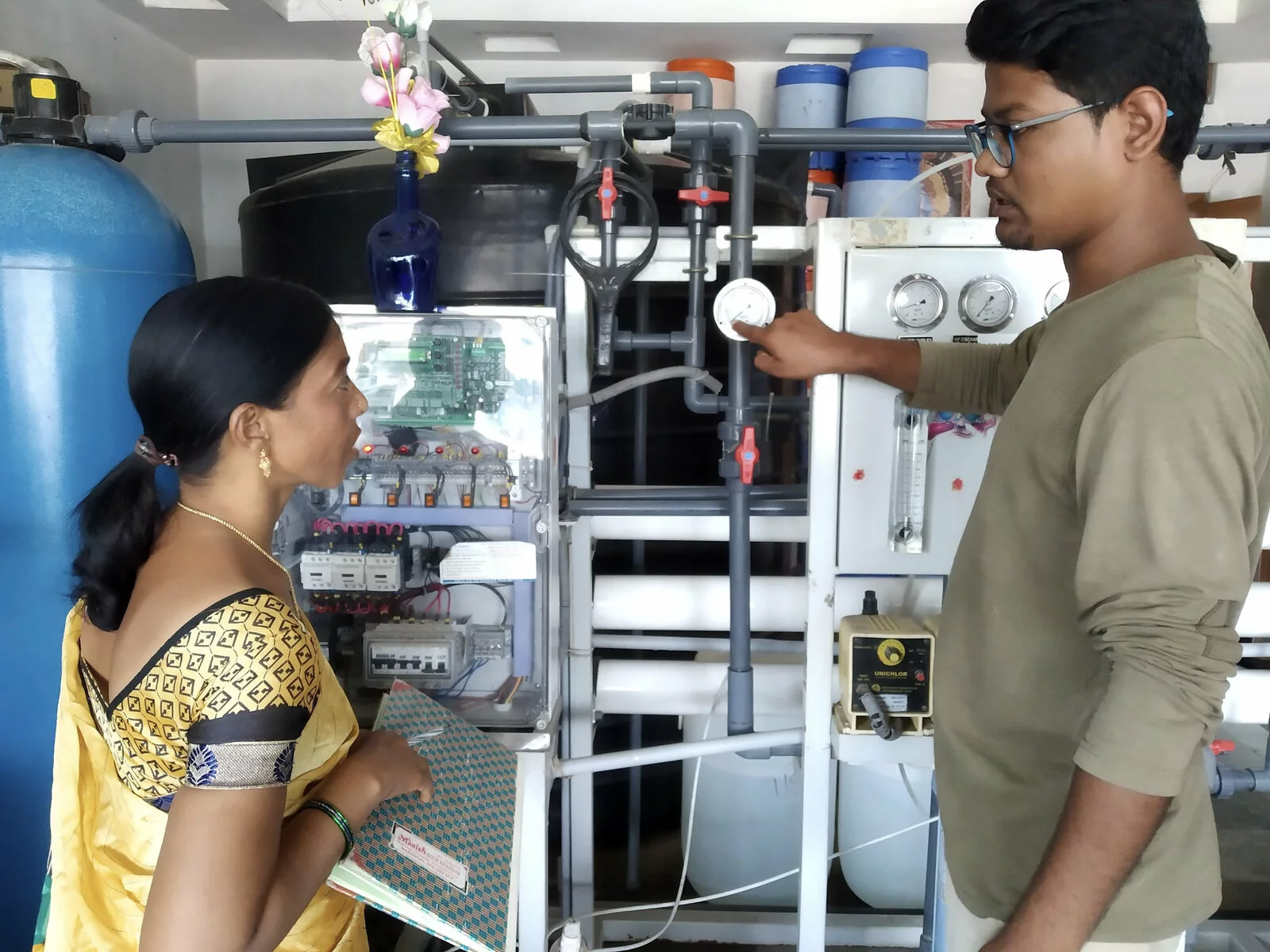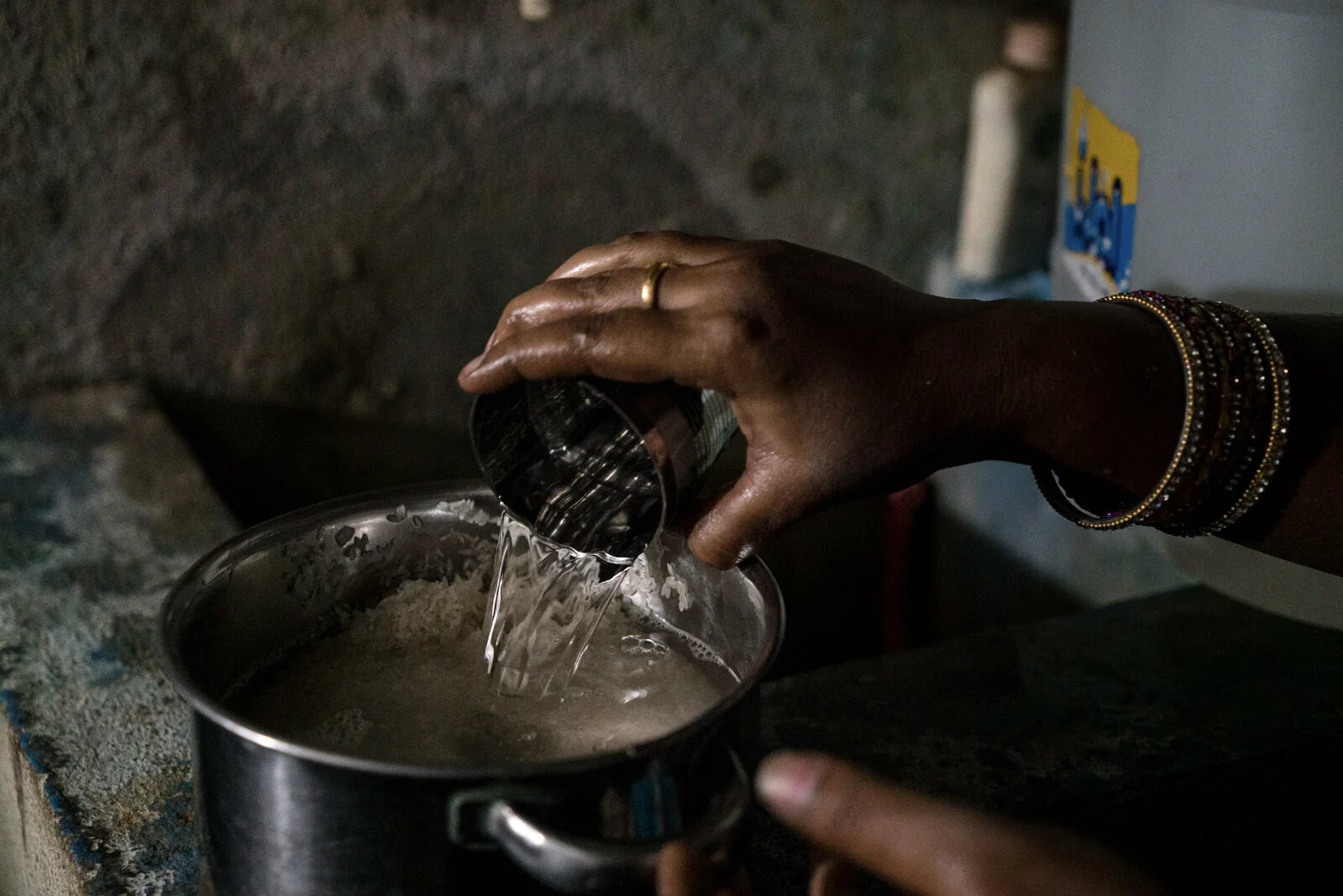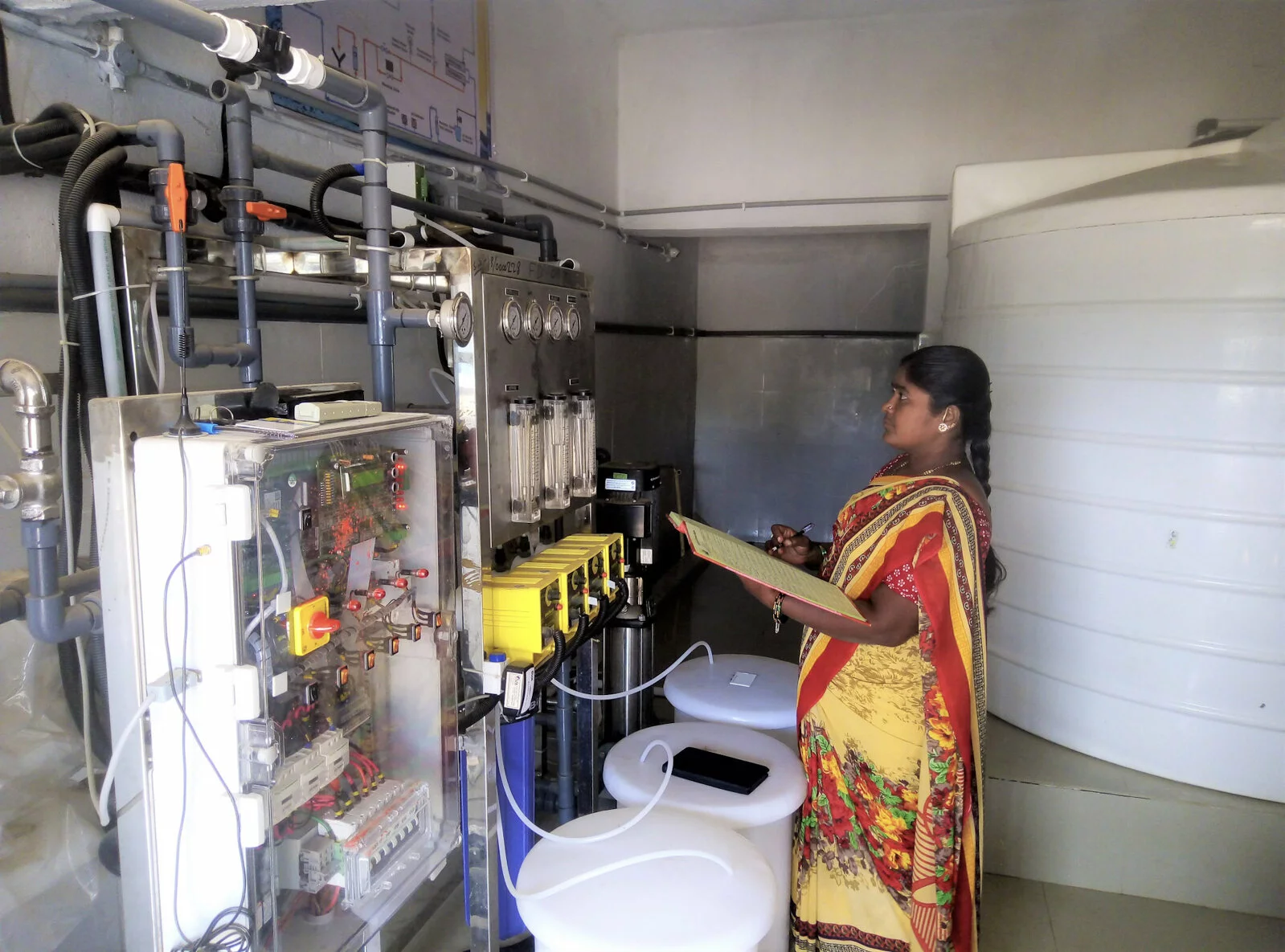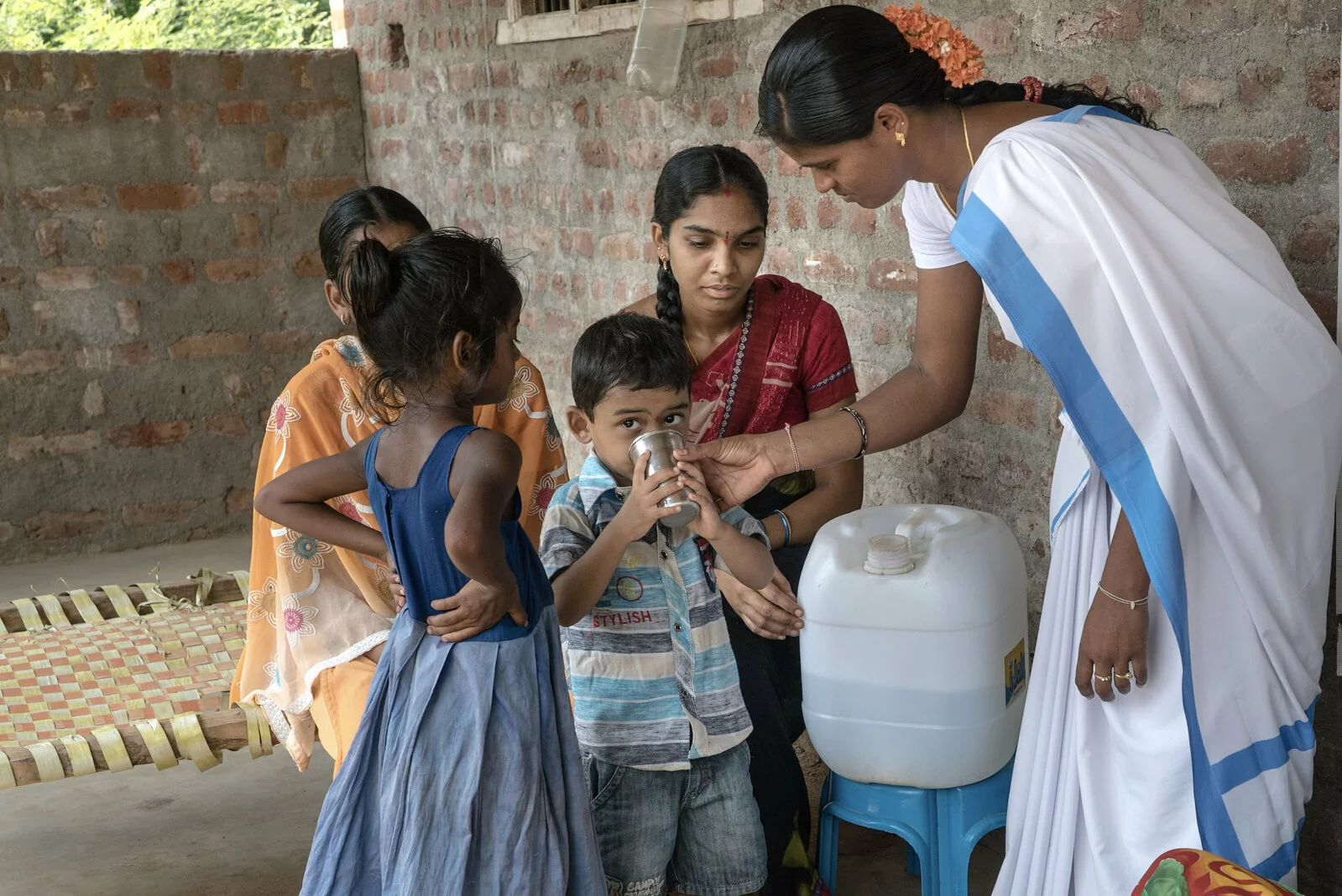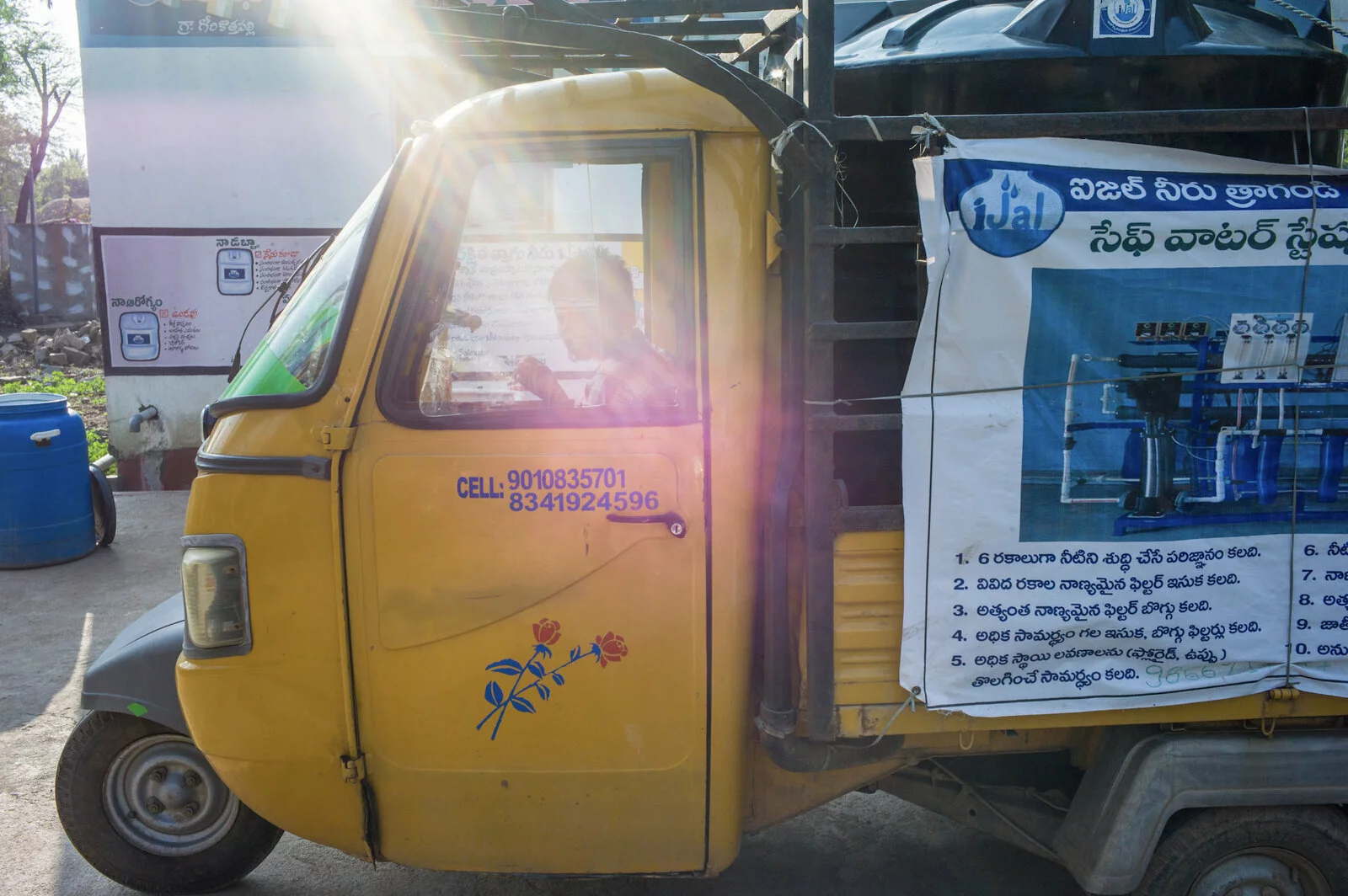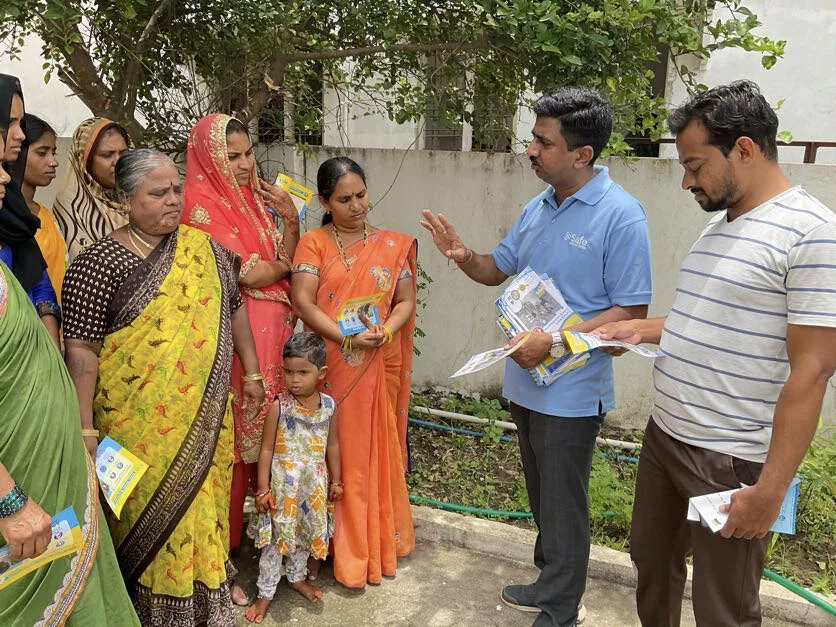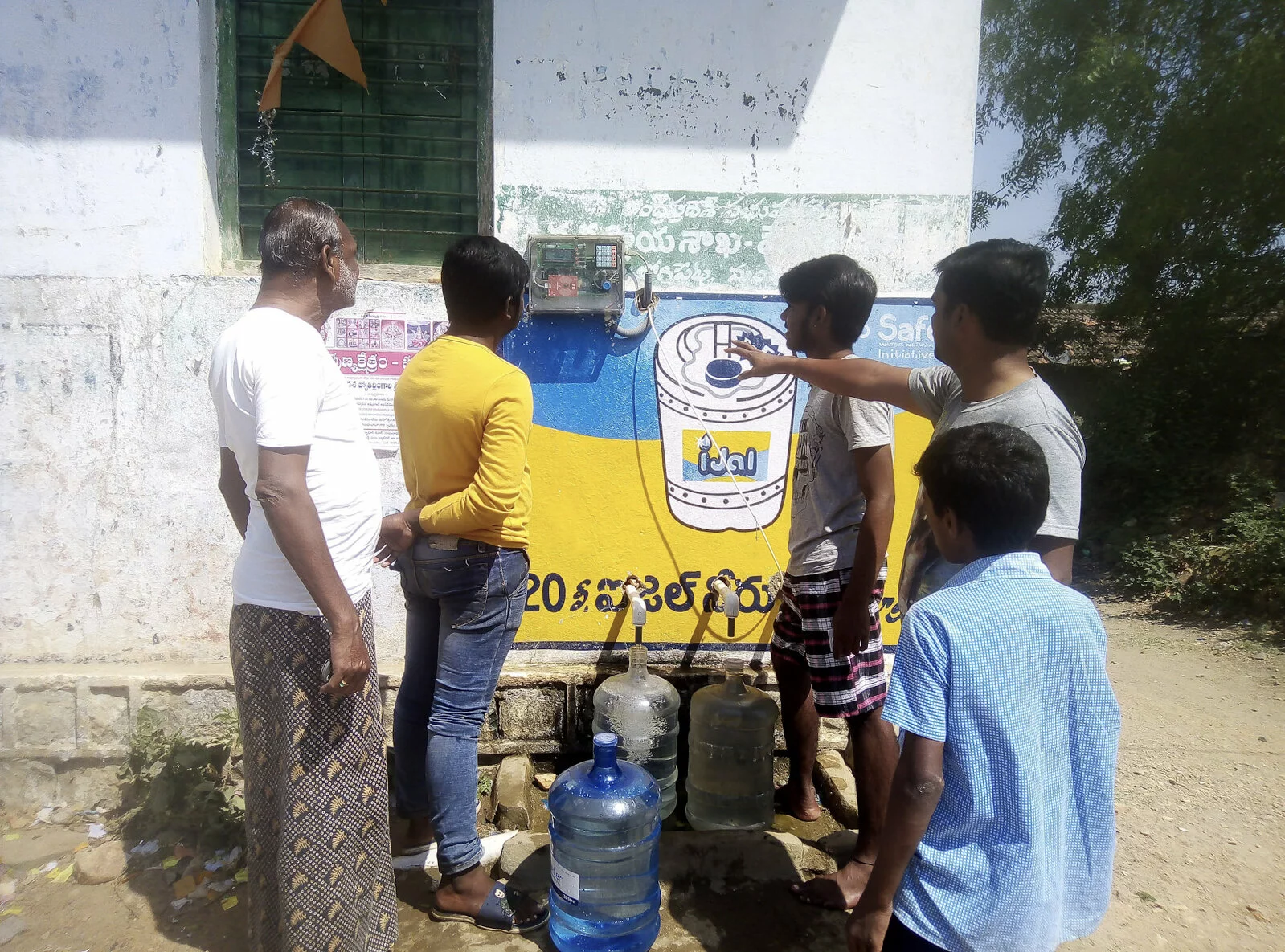Financial Sustainability in India
By: Safe Water Network | Garvita Chawla | Ravi Sewak | Indrani Handa | Julie Collins
Contributors: Shipra Gupta | Shweta Arora
Safe Water Network’s market-based approach allows locally owned and operated stations to maintain reliability, long-term sustainability, and financial viability. Specifically, reverse osmosis (RO) water systems are financially sustainable, having the capacity to produce sufficient cash flow in order to cover operation and maintenance costs.
Reverse osmosis (RO) water systems offer financial sustainability
An RO treatment system has a standardized design and addresses the prevalence of fluoride, nitrates, and total dissolved solids in the groundwater. Safe Water Network’s stations in India is an example of successful RO water systems. According to the report, stations must sell 242 cans just to break even. Our analysis determined that the RO systems begin recuperating these costs at the start of the operation, and by the third year the stations begin to yield a profit.
SUPPORTING DOCUMENTATION
- Moriarty, P.; Smits, S.; Butterworth, J.; and Franceys, R. 2013. “Trends in rural water supply: towards a service delivery approach.” Water Alternatives 6(3): 329-349.
